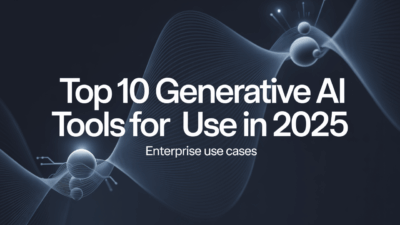Creating engaging presentations has never been easier, thanks to the power of AI-generated visuals. Whether you’re preparing a business pitch, an educational lecture, or a creative showcase, artificial intelligence can help streamline your workflow and elevate your content. In this step-by-step tutorial, we’ll guide you through the process of creating stunning presentations using AI-generated visuals.
Step 1: Define Your Objective and Content Outline
Before diving into design, clearly outline your presentation’s purpose, key messages, and structure. Identify which parts of your presentation would benefit most from visual support—such as charts, diagrams, icons, or background images. A well-defined outline ensures that your AI-generated visuals align with your core message .
Step 2: Choose the Right AI Presentation Tool
Several AI-powered tools can assist in generating visuals and designing slides. Popular options include:
- Monsha: Ideal for educators, it creates tailored and educationally rich slides in seconds .
- SlideGenius: Offers AI-driven design suggestions and layout automation .
- Google Slides with AI Add-ons: Integrates AI tools for generating content and visuals directly within Google Slides .
Select a tool that fits your needs based on ease of use, customization, and integration with other platforms.
Step 3: Input Your Content and Let AI Generate Visuals
Once your content is ready, input your text into the chosen AI platform. Most tools allow you to enter keywords, phrases, or full paragraphs and then generate relevant visuals automatically. For example, if you’re explaining a data trend, the AI may suggest an infographic or chart style that best represents your point . Some platforms also offer auto-generated color schemes and fonts to maintain design consistency .
Step 4: Customize and Refine the Output
While AI does the heavy lifting, it’s important to review and refine the visuals to ensure they match your brand identity and messaging. Adjust colors, fonts, and layouts where necessary. Some AI tools allow for fine-tuning, letting you swap out generated images or tweak design elements to better suit your audience .
Step 5: Review for Clarity and Engagement
Before finalizing your presentation, preview each slide to ensure clarity and engagement. Make sure visuals enhance—not distract from—your message. AI-generated content should simplify the process, but human oversight ensures quality and relevance .
Step 6: Export and Present with Confidence
Once satisfied with your slides, export your presentation in the desired format (e.g., PowerPoint, PDF, or Google Slides). Many AI tools also offer direct publishing or sharing options, making it easy to collaborate or present online .
Final Thoughts
AI-generated visuals are revolutionizing how we create presentations by saving time, enhancing creativity, and improving accessibility . By following these steps, you can harness the power of AI to craft visually compelling presentations that captivate your audience and communicate your ideas effectively.
Whether you’re a business professional, educator, or student, integrating AI into your presentation workflow can significantly boost productivity and visual appeal. Start experimenting today and see how AI transforms your next slideshow .
